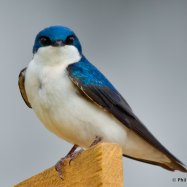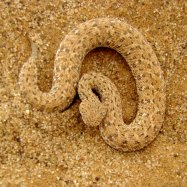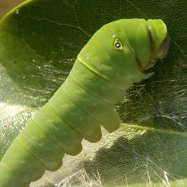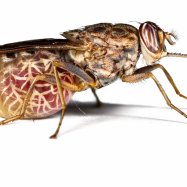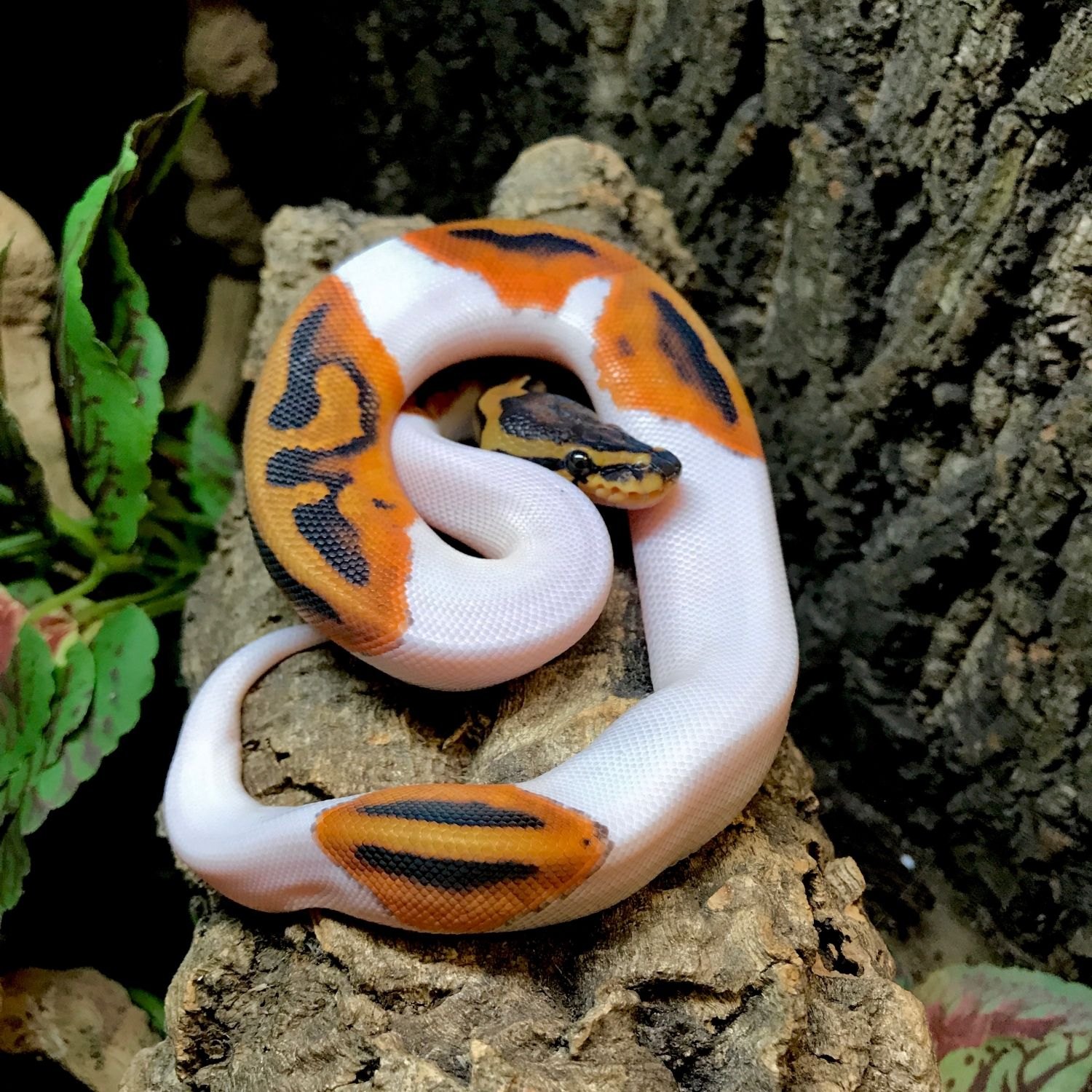
Ball Python
3 to 5 feet
Discover the fascinating world of Ball Pythons! These unique creatures, found in Africa, can grow to be 3-5 feet long. As part of the Pythonidae family, they have a distinct thick and short body shape. With their striking patterns and docile nature, Ball Pythons make great pets for reptile lovers. Explore more about these amazing animals and their natural habitat in Africa! #BallPythons #ReptileLovers #AfricanAnimals
Animal Details Summary:
Common Name: Ball Python
Kingdom: Animalia
Habitat: Grasslands, savannas, and open forests
Meet the Ball Python: Africa's Fascinating Reptilian Resident
Africa is a continent known for its diverse wildlife, from the majestic lions and elephants to the impressive giraffes and rhinos. However, among all these iconic animals, one species often goes unnoticed – the Ball Python. These snakes may not be as flashy or bold as their larger counterparts, but they have a unique and intriguing charm that has captivated reptile enthusiasts around the world.The Ball Python, also known as Python regius, is a member of the Pythonidae family and is native to the grasslands, savannas, and open forests of Central and West Africa Ball Python. These snakes are known for their docile nature and are popular pets among reptile lovers, making them a frequent sight in homes and collections around the globe.
So, what makes the Ball Python so fascinating? Let's take a closer look at this reptile and discover the incredible features that make it a standout species in its native land and beyond.
Appearance and Physical Features
The Ball Python is a medium-sized snake, measuring between 3 to 5 feet in length and weighing 2 to 4.5 kilograms. They have a thick-bodied and compact shape, with a relatively short head and tail. Their bodies are covered in smooth scales of various shades of brown, black, and gold, giving them a striking and distinct appearance.One of the most impressive physical features of the Ball Python is its ability to curl itself up into a tight ball when threatened, hence its name. This defensive mechanism helps protect its head and neck, making it difficult for predators to attack. This behavior has also made the Ball Python a popular pet, as they are generally calm and non-aggressive when handled Beewolf Wasp.
Habitat and Geographic Distribution
As mentioned earlier, Ball Pythons are indigenous to the grasslands, savannas, and open forests of Central and West Africa. They can be found in countries such as Ghana, Togo, Benin, Nigeria, and Cameroon. These snakes are highly adaptable and can thrive in diverse environments, from humid forests to semi-arid grasslands.The Ball Python's natural habitat provides them with abundant prey, safe hiding spots, and suitable temperature and humidity levels for survival. However, due to their popularity as pets and the destruction of their natural habitat, Ball Pythons are now found in various regions of the world, including the United States, Europe, and Asia.
Diet and Feeding Method
Ball Pythons are carnivorous animals, and in the wild, they primarily feed on small mammals like rats, mice, and birds. They are nocturnal hunters, relying on their heat-sensing pits to detect their prey and strike with precision.In captivity, Ball Pythons are fed with a diet of pre-killed rodents, based on their size. They are not known to be picky eaters and can go for extended periods without food, making them low maintenance pets. However, it is essential to provide them with a healthy and balanced diet to ensure their overall well-being.
Social Behavior and Reproduction
Ball Pythons are mostly solitary creatures, and they only come together during mating season. These snakes are oviparous, laying clutches of 4 to 11 eggs in the wild, which they incubate for around two months before hatching. The female Ball Python is an attentive mother, guarding her eggs until they hatch and protecting her newborns for a brief period.In captivity, Ball Pythons can be bred successfully, and there are various color and pattern variations that are highly sought after by reptile enthusiasts. However, it is essential to follow ethical breeding practices and avoid producing high numbers of these snakes, as it can lead to overpopulation and abandonment of unwanted snakes.
Conservation Status
The Ball Python is currently listed as a species of Least Concern on the International Union for Conservation of Nature (IUCN) Red List. However, the destruction of their natural habitat and illegal pet trade have started to take a toll on their population in the wild. There is also a growing concern about the overbreeding and abandonment of captive Ball Pythons, which can have severe consequences for the ecosystem if left unchecked.It is crucial to ensure responsible ownership and breeding of Ball Pythons to help conserve their population and protect their well-being in captivity.
Fascinating Facts about the Ball Python
- Ball Pythons have special heat-sensing pits on their lower jaw, which helps them detect prey and navigate their environment.
- These snakes have a lifespan of around 20 to 30 years in captivity, making them long-term companions for pet owners.
- Ball Pythons are known to have a calm and docile temperament, making them an ideal pet for reptile lovers of all ages.
- They have a unique defense mechanism where they mimic the shape of their head and neck to look like a larger snake, deterring potential predators.
- The Ball Python's scientific name, Python regius, translates to "Royal Python," reflecting their popularity among royalty in ancient African cultures.
The Future of the Ball Python
The Ball Python is a fascinating and unique reptile, revered by many for its striking appearance and gentle nature. However, it is crucial to remember that these animals are not mere accessories or novelties but living beings that require proper care and attention.As responsible humans, it is our duty to ensure the well-being of these creatures, both in the wild and in captivity. Encouraging ethical breeding, reducing the illegal pet trade, and preserving their natural habitat are essential steps in ensuring a sustainable future for the Ball Python.
Whether as a pet or an animal to admire from afar, the Ball Python is an incredible creature that adds to the rich and diverse wildlife of Africa. Let us continue to value and protect these fascinating reptiles and appreciate their role in our ecosystem.

Ball Python
Animal Details Ball Python - Scientific Name: Python regius
- Category: Animals B
- Scientific Name: Python regius
- Common Name: Ball Python
- Kingdom: Animalia
- Phylum: Chordata
- Class: Reptilia
- Order: Squamata
- Family: Pythonidae
- Habitat: Grasslands, savannas, and open forests
- Feeding Method: Carnivorous
- Geographical Distribution: Central and West Africa
- Country of Origin: Multiple countries in Africa
- Location: Africa
- Animal Coloration: Various shades of brown, black, and gold
- Body Shape: Thick-bodied and short
- Length: 3 to 5 feet

Ball Python
- Adult Size: 3 to 5 feet
- Average Lifespan: 20 to 30 years
- Reproduction: Oviparous
- Reproductive Behavior: Males engage in combat for mating rights
- Sound or Call: Hisses and hissing puffs
- Migration Pattern: Non-migratory
- Social Groups: Solitary
- Behavior: Nocturnal
- Threats: Habitat loss and illegal pet trade
- Conservation Status: Least Concern
- Impact on Ecosystem: Helps control rodent populations
- Human Use: Popular pet snake
- Distinctive Features: Ball curl defense mechanism
- Interesting Facts: Named after their tendency to curl into a tight ball when threatened
- Predator: Large snakes and birds of prey
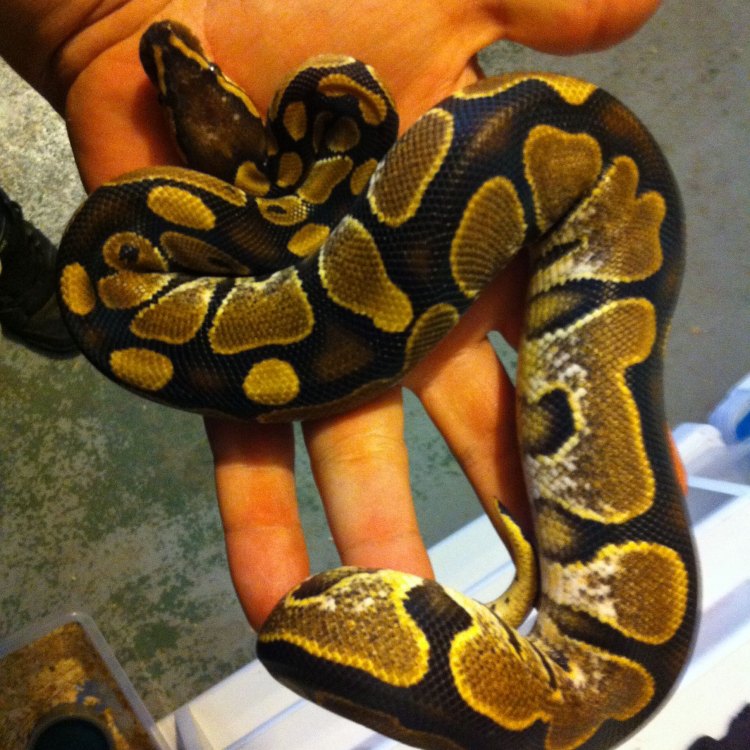
Python regius
The Fascinating World of Ball Pythons: A Unique Snake with Surprising Traits
Ball pythons, also known as royal pythons, are one of the most popular pet snakes in the world. Their docile nature, easy-to-care-for demeanor, and stunning appearance make them a top choice for reptile enthusiasts. However, there is much more to these snakes than meets the eye. In this article, we will dive into the unique features and behaviors of ball pythons, their role in the ecosystem, and their impact on humans PeaceOfAnimals.Com.Ball pythons, scientifically known as Python regius, are native to the grasslands and shrublands of West and Central Africa. They are a relatively small type of python, with adult sizes ranging from 3 to 5 feet, making them ideal for those who may be intimidated by larger snakes. Despite their small size, ball pythons have an impressive lifespan of 20 to 30 years, making them a long-term commitment for any potential owners.
While many snakes are oviparous (laying eggs), ball pythons are unique in that they are oviparous, meaning they give birth to live young. This is one of the many factors that make them popular in the pet trade, as they are generally easier to care for compared to other egg-laying species. Females can lay anywhere from 4 to 11 eggs at a time, and the incubation period can range from 50 to 60 days.
Reproduction is a significant aspect of a snake's life, and ball pythons are no exception. However, unlike most species, where the females are the ones fighting for males' attention, it is the other way around for ball pythons. Males engage in combat with other males for mating rights, where they intertwine their bodies and try to push each other to the ground Brown Hyena. This ritual can last anywhere from a few minutes to several hours, and the winner gets the privilege of mating with the female.
If you happen to come across a ball python, you may hear them hissing or making hissing puffing sounds. While this may seem intimidating, this is their way of communicating and defending themselves. Ball pythons are generally solitary creatures, and they are known to be nocturnal, being more active during the night. This is why they are often found curled up during the day, as they are resting after a night of hunting.
Unlike some snake species, ball pythons do not migrate and are considered non-migratory. They have adapted to their habitat and do not need to seek out food or shelter elsewhere. However, their habitats are facing a significant threat, and it has put their species at risk. Habitat loss due to agriculture, urbanization, and deforestation is a significant issue for ball pythons. Their native habitats are disappearing at a rapid pace, and if nothing is done to protect them, their numbers may continue to decline.
In addition to habitat loss, ball pythons also face another threat - the illegal pet trade. These snakes are in high demand, not only for their stunning appearance but also for their docile nature, making them a popular choice for pet owners. Unfortunately, this demand has led to poaching and smuggling of ball pythons, causing a significant decline in their wild populations. As a result, the International Union for Conservation of Nature (IUCN) has listed ball pythons as a species of Least Concern, but their population trend is decreasing.
Despite these threats, ball pythons play an essential role in their ecosystem. As ambush predators, they help control rodent populations, which can become a nuisance in their habitat. By keeping rodent populations in check, ball pythons play a vital role in maintaining the balance of their ecosystem. Without them, there is a risk of overpopulation of rodents, which can lead to various ecological issues.
It comes as no surprise that ball pythons are a popular pet choice because of their unique traits and characteristics. Their docile nature and easy-to-maintain requirements make them ideal for first-time snake owners. Additionally, their stunning colors and patterns make them a sight to behold. However, it is essential to note that owning a ball python is a long-term commitment, and proper research and education on their care and needs are necessary. Without proper care, these snakes can suffer from various health issues, causing a significant impact on their well-being.
One of the most distinctive features of ball pythons is their ball curl defense mechanism. When threatened, they will curl their bodies into a tight ball, protecting their head and vital organs. This is how the species got its name, and it has become a trademark behavior of ball pythons. This defense mechanism is thought to have evolved as a way to protect themselves from larger predators, such as other snakes and birds of prey.
Aside from their ball curl defense mechanism, there are other interesting facts about ball pythons that make them unique. They are named after their tendency to curl into a tight ball when threatened, but they are also referred to as "royal" pythons because they were once a symbol of royalty in African cultures. In fact, some cultures believe that carrying a ball python will bring prosperity and wealth to the family.
Although they are formidable predators, ball pythons also have their own predators in the wild. Larger snakes, such as other pythons and boa constrictors, can prey on ball pythons. Birds of prey, such as hawks and eagles, can also pose a threat to smaller ball pythons. However, their main defense mechanism is to avoid being detected by their predators, utilizing their camouflage and staying hidden in their habitats.
In conclusion, ball pythons are fascinating creatures with unique features and behaviors. From their reproductive habits to their ball curl defense mechanism, they have captivated the hearts of many people around the world. However, their role in the ecosystem and the threats they face in the wild remind us of their vital importance in maintaining a balanced environment. As humans, it is our responsibility to protect and conserve these beautiful snakes, ensuring their survival for future generations to enjoy. Next time you see a ball python, take a moment to appreciate their beauty and the incredible traits that make them so special.
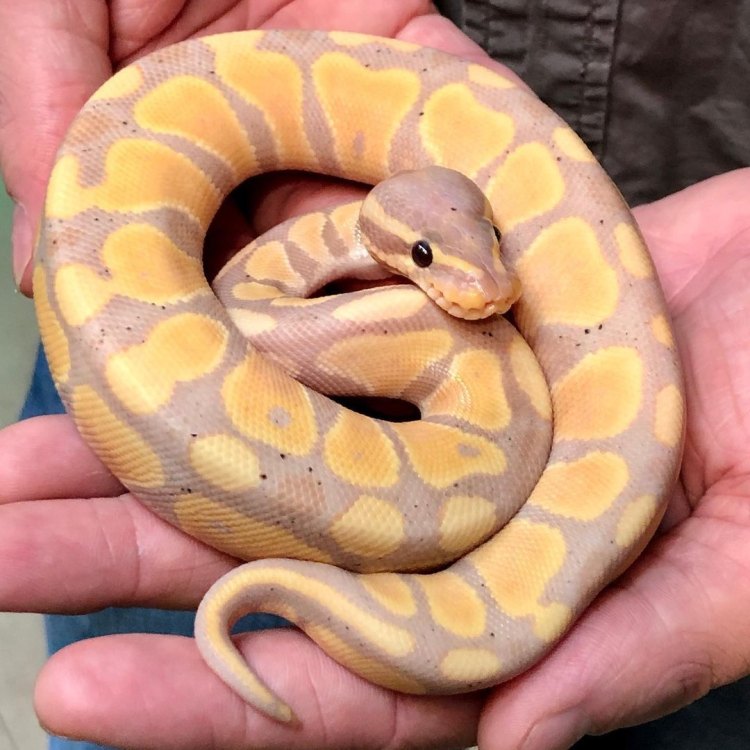
Meet the Ball Python: Africa's Fascinating Reptilian Resident
Disclaimer: The content provided is for informational purposes only. We cannot guarantee the accuracy of the information on this page 100%. All information provided here may change without prior notice.

